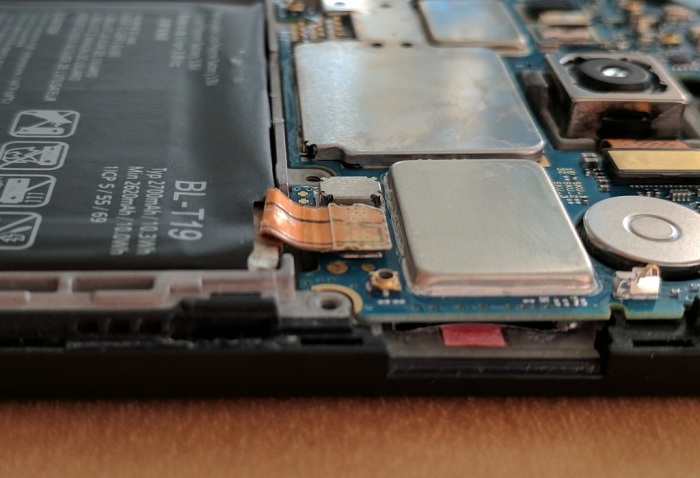When my Nexus 5X was rendered unusable by my negligence at the swimming pool, I needed to order a replacement phone. Since I want to stay on the Google Fi service, my device options were limited. Fortunately, I had been interested in the Google Pixel as soon as it was released and thought I’d wait for its price to drop or until I couldn’t wait any longer. With the death of the Nexus 5X, the latter scenario has come to pass. (And as of this writing, the Pixel prices just dropped as well.)
Some remarks from my first month living with a Google Pixel:
Camera: One of the much-touted features upon the launch of the Pixel was its camera. And it is indeed quite excellent! A huge step forward relative to every cell phone I’ve owned… except for its immediate predecessor. In my usage, the Pixel camera was only a minor improvement from the already-excellent camera of the Nexus 5X.
Exterior: Another touted feature is the aluminum body that tries very hard not to be a direct copy of an iPhone. This does not suit my personal taste: I prefer my phone bodies to be plastic which has more give than metal. Every phone I’ve owned to date are plastic-bodied and their corners all show the times when they’ve been dropped, bounced back, and only left with a tiny mark. Aluminum does not flex like that. If I should drop this phone, the aluminum will bend and stay bent instead of bouncing back. So this aluminum body phone became my first phone with a protective case (*). What’s the point of fancy aluminum if I have to wrap it in plastic anyway?
Pixel Launcher: The Pixel OS is mostly stock Android with a few changes. The Pixel Launcher is the most visible since that’s what the user sees all the time. I appreciate most of the changes but I didn’t care for the weather taking up the top row of the home screen and displacing 5 icon positions. Knowing the weather is nice, but it’s not worth giving up an entire row of 5 icons I could have placed there.
Performance: On paper the Pixel should vastly outperform the 5X. In my daily usage the difference is noticeable but not earth-shattering. Another incremental improvement.
Daydream VR: The performance advances are more significant when running Google’s new mobile VR effort, Daydream. It is much superior to Google Cardboard from the first moment I put on the headset and grabbed the remote. But it also comes at significantly higher cost. Is the cost worth it? Not at the moment – the Daydream app ecosystem is still thin, but I’m optimistically looking forward to more.
Storage: I had the 16GB edition of Nexus 5X, and over its lifetime it received two major Android releases, each larger than the last. Towards the end it was quite a struggle to stay within 16GB. The smallest Google Pixel starts at 32GB, in my view a tacit admission of Android’s weight gain.
Summary: If I knew a month ago what I know now, I would have ordered a refurbished 32GB Nexus 5X instead of a new Google Pixel.
(*) Disclosure: As an Amazon Associate I earn from qualifying purchases.







 And it worked! This setup was sufficient to get into the Android OS. Now that the screen is showing more than the “depleted battery” icon, I could see that it was damaged in this adventure. Thankfully it was still legible, and the touchscreen still worked, so I could run the phone for about 40 minutes. Long enough to access the multi-factor authentication app so I could transfer my MFA security to another phone.
And it worked! This setup was sufficient to get into the Android OS. Now that the screen is showing more than the “depleted battery” icon, I could see that it was damaged in this adventure. Thankfully it was still legible, and the touchscreen still worked, so I could run the phone for about 40 minutes. Long enough to access the multi-factor authentication app so I could transfer my MFA security to another phone.

